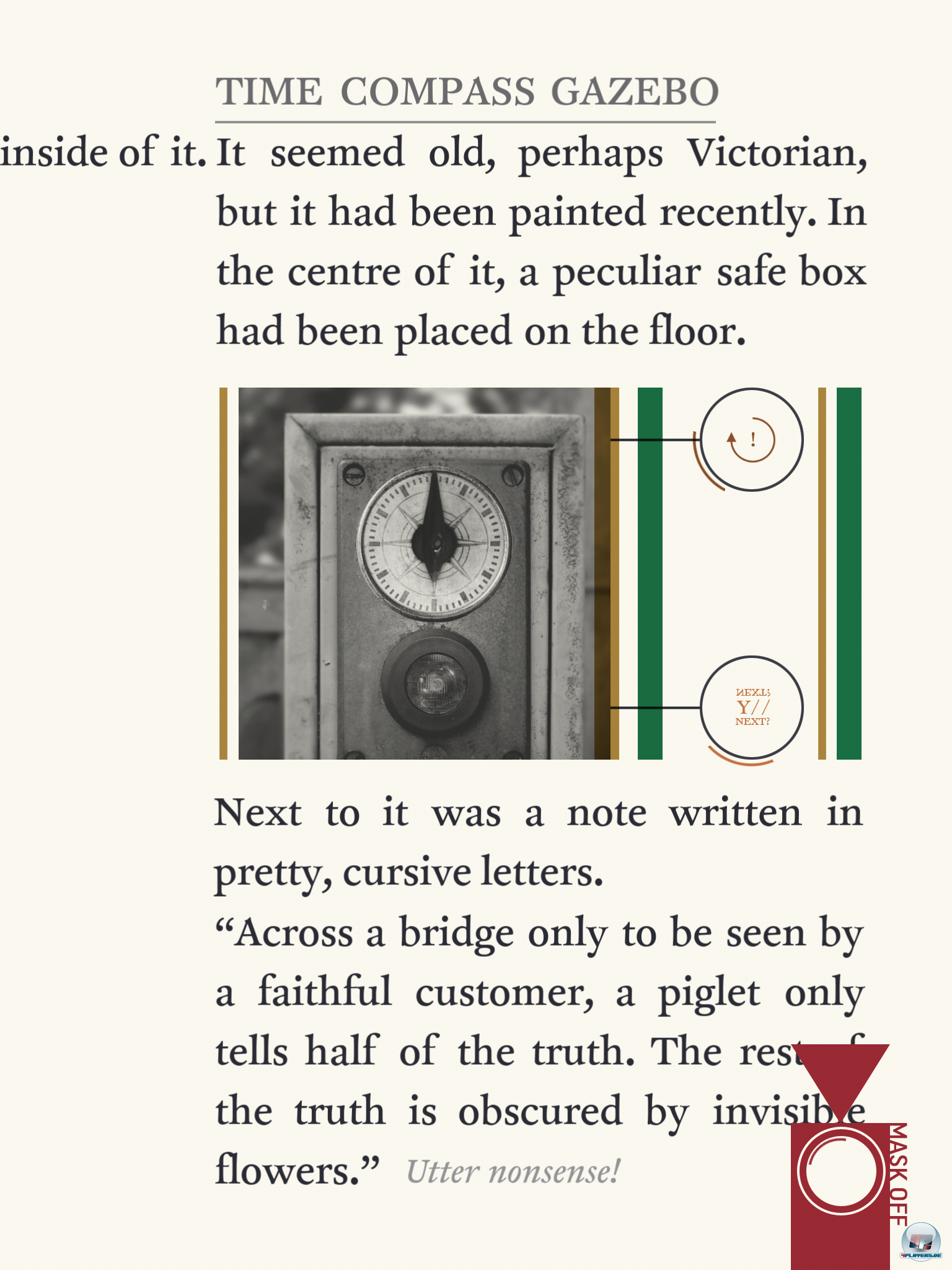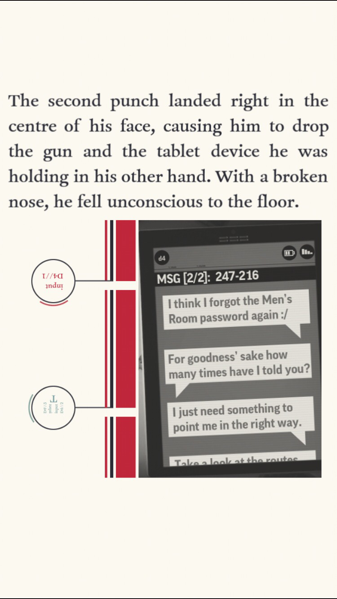In the game Device 6, players navigate a complex narrative intertwined with unique mechanics that rely heavily on six distinct devices, each contributing to the story’s simulation and thematic depth. Let’s explore these devices in detail to understand their individual functions and their collective significance within the game.
Overview of the Devices
1. Device 1: Thought to Word Converter
– This device serves a crucial role in linking thoughts with their verbal representations. It facilitates communication within the narrative, allowing the protagonist, Anna, to express her inner experiences and reflections. This functionality emphasizes the power of language and how it shapes understanding and perception.
2. Device 2: Sensory Transmission and Control
– Device 2 is responsible for managing Anna’s sensory experiences—what she sees and hears. This device acts as an interface between Anna and the narrative world, controlling her input and shaping her encounters with other devices. Its function highlights the manipulative nature of perception, drawing attention to how external influences can alter one’s reality.
3. Device 4: The Player’s Interface
– This device is pivotal as it represents the medium through which the player interacts with the story. Device 4 produces the visuals and text that engage the player, serving as the lens through which Anna’s journey is experienced. This meta-layer of interaction invites players to reflect on the nature of storytelling itself and their role within it, merging gameplay with narrative exploration.
4. Device 6: The Master Control Unit
– Serving as the master device, Device 6 orchestrates the data collection and control of the other devices. It symbolizes overarching themes of surveillance, control, and the philosophical implications of belief and manipulation. Anna’s climactic interaction with Device 6 in chapter 6 is critical as it embodies her confrontation with the constructed reality set forth by the mysterious organization HAT. This interaction prompts players to consider the implications of accepting or rejecting a manufactured existence.
Additional Devices and Their Roles
While specific details about the remaining devices are not exhaustively documented, it is suggested that they contribute to managing sensory input and influencing the protagonist’s nervous system. These devices collectively enrich the thematic tapestry of Device 6 by exploring the interrelation of identity, perception, and the nature of consciousness in a controlled environment.
Metaphorical Significance
The six devices in Device 6 are not just functional elements but also serve powerful metaphorical roles that deepen the narrative. Device 4, being the player’s interface, represents the connection between the audience and the unfolding story, while Device 6 encapsulates the existential struggle with control—over oneself, one’s beliefs, and the reality around us. The journey through these devices mirrors Anna’s quest for autonomy against a backdrop of manipulation and surveillance.
In conclusion, the devices in Device 6 are essential to both gameplay mechanics and thematic exploration. Each device serves to enrich Anna’s narrative, creating layers of meaning that resonate with philosophical inquiries into reality, perception, and the constructs governing our lives. As players navigate these interconnected devices, they engage in a profound exploration of personal agency within a world dominated by unseen influences.






Leave a Reply